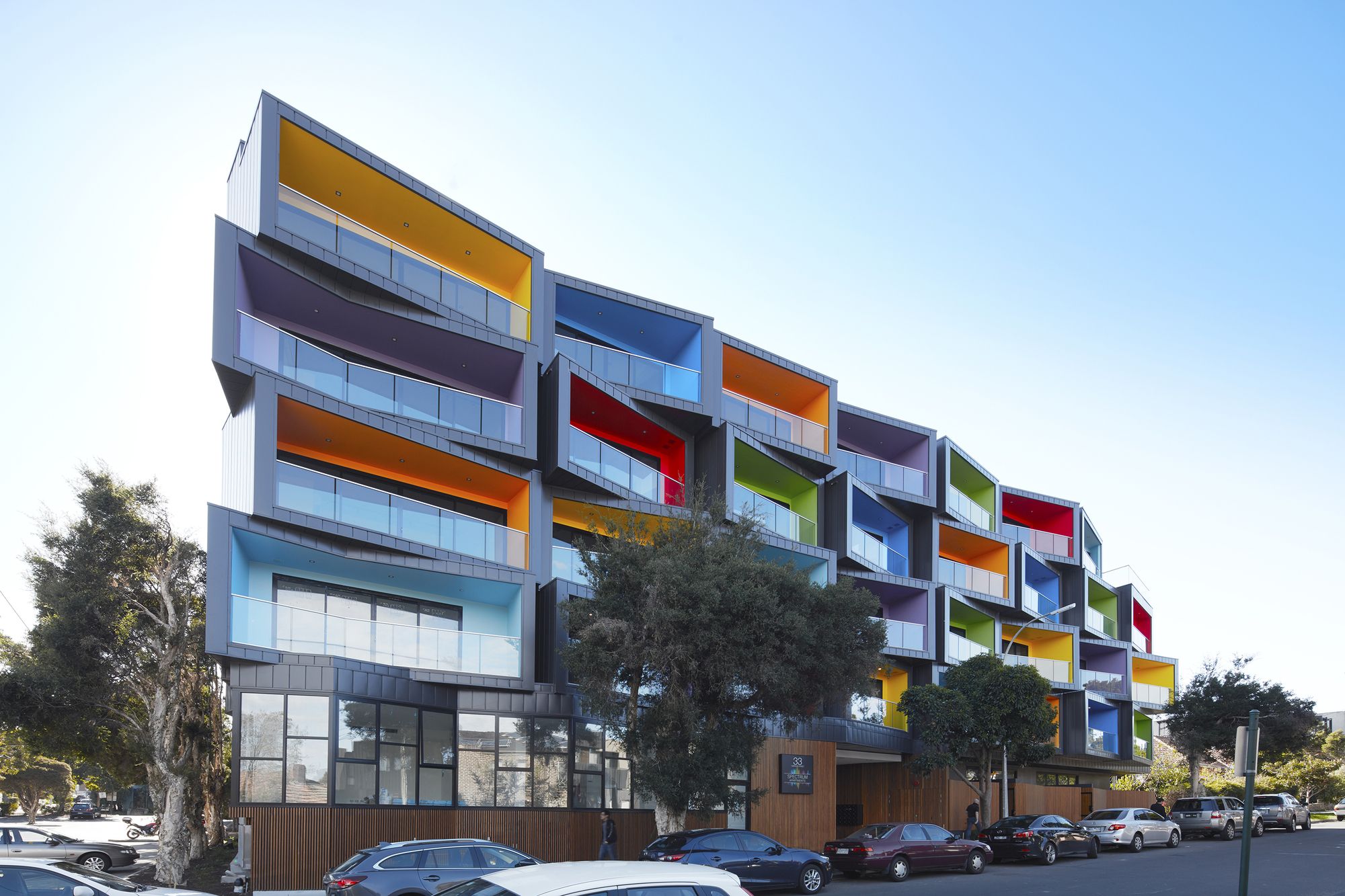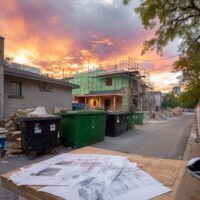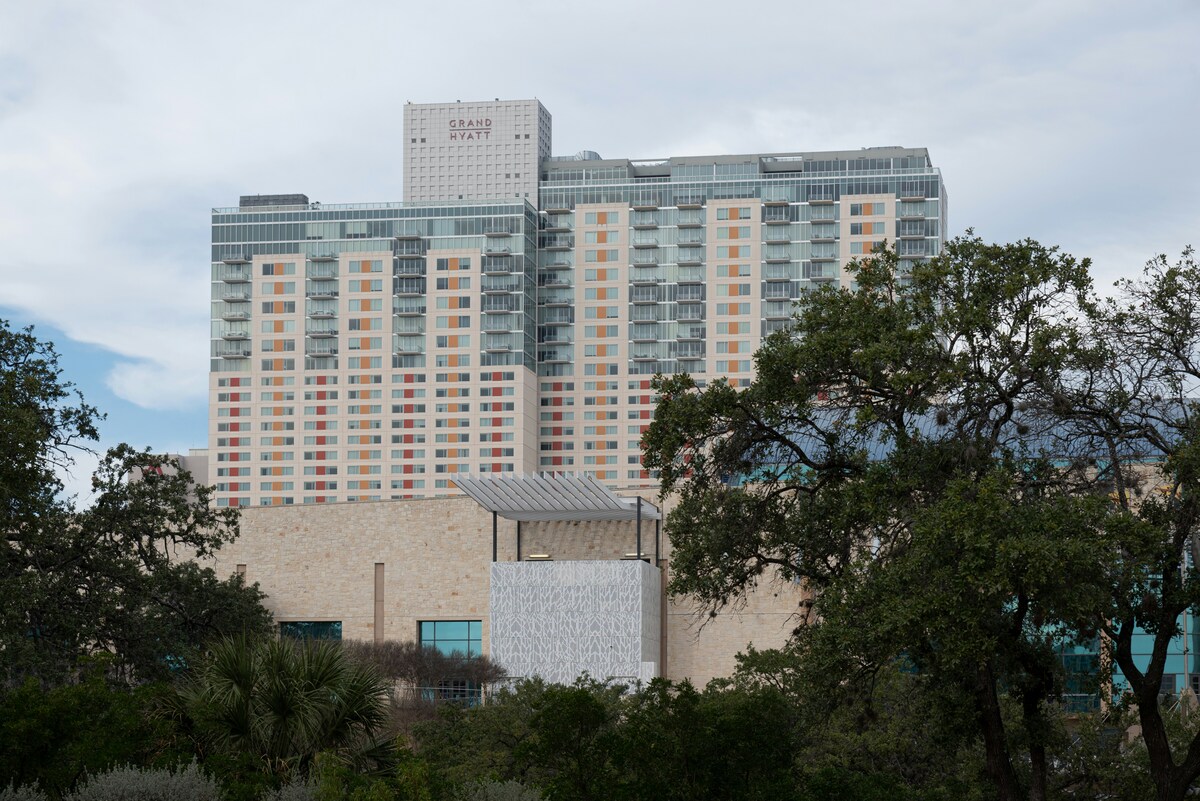- Home
- Articles
- Architectural Portfolio
- Architectral Presentation
- Inspirational Stories
- Architecture News
- Visualization
- BIM Industry
- Facade Design
- Parametric Design
- Career
- Landscape Architecture
- Construction
- Artificial Intelligence
- Sketching
- Design Softwares
- Diagrams
- Writing
- Architectural Tips
- Sustainability
- Courses
- Concept
- Technology
- History & Heritage
- Future of Architecture
- Guides & How-To
- Art & Culture
- Projects
- Interior Design
- Competitions
- Jobs
- Store
- Tools
- More
- Home
- Articles
- Architectural Portfolio
- Architectral Presentation
- Inspirational Stories
- Architecture News
- Visualization
- BIM Industry
- Facade Design
- Parametric Design
- Career
- Landscape Architecture
- Construction
- Artificial Intelligence
- Sketching
- Design Softwares
- Diagrams
- Writing
- Architectural Tips
- Sustainability
- Courses
- Concept
- Technology
- History & Heritage
- Future of Architecture
- Guides & How-To
- Art & Culture
- Projects
- Interior Design
- Competitions
- Jobs
- Store
- Tools
- More

The world’s most famous architectural masterpieces often become household names because of their groundbreaking design, historical significance, and cultural impact. Tourists from all over flock to these destinations to marvel at their grandeur. However, much like an iceberg, what we see of these iconic structures is just a fraction of their full story. Delve deeper, and you’ll discover hidden facets, rooms, and tales that often go unnoticed by the masses. Let’s embark on a journey to explore the unseen corners of some of the world’s most iconic buildings.
Throughout the annals of history, architecture has stood as a testament to human ingenuity, creativity, and the desire to leave a lasting legacy. From the ancient pyramids of Giza to the soaring skyscrapers of modern metropolises, our built environment tells stories of civilizations, revolutions, and epochal shifts in human thought and culture. Many of the world’s architectural wonders are so iconic that their silhouettes are instantly recognizable, evoking awe and admiration from millions. Yet, like a riveting novel with subplots woven intricately into the main narrative, these structures often hide stories and spaces that are overshadowed by their grand facades and popular acclaim.
Tourists, guided by well-trodden paths and highlight reels, may get to experience these landmarks in their magnificence but might miss out on their deeper, more enigmatic tales. Just as the dark side of the moon remains concealed from the Earth’s view, so too do many of these architectural secrets remain hidden from the casual observer. Whether intentionally concealed, forgotten by time, or simply overshadowed by the more publicized features, these unseen corners often house histories as compelling as the more well-known narratives of the structures they inhabit.
Beyond just bricks, mortar, and artistry, these hidden facets can unveil political intrigues, personal anecdotes of their creators, cultural shifts, or technological innovations of their times. Venturing into these often-overlooked areas not only satiates our innate human curiosity but also provides a fuller, more nuanced understanding of the landmarks we thought we knew.

- The Eiffel Tower’s Secret Apartment When Gustave Eiffel designed his eponymous tower, he included a private apartment for himself at the very top. This cozy nook was not open to the public, and Eiffel often entertained esteemed guests, including Thomas Edison, in this secluded space. Today, while it’s no longer a secret, it still remains a lesser-known aspect of the iconic structure.
- The Vatican’s Hidden Archives St. Peter’s Basilica and the Sistine Chapel are familiar to most, but deep within the Vatican City lie the Vatican Secret Archives. This vast collection of documents stretches over 85 kilometers of shelving and includes papal correspondence, state papers, and other important documents that date back more than a millennium.
- The White House’s Underground Layers Beneath the iconic residence of the U.S. President, there’s a multi-level bunker system. Initially designed for emergencies and potential attacks, these underground spaces have evolved over the years and have played host to secret meetings, press conferences, and have even been rumored to contain a bowling alley.

Credit: Not Your Average Basement: The White House Has Tunnels, a Swimming Pool, and a Flower Shop | Apartment Therapy - The Hidden Chambers of the Taj Mahal This symbol of love has mysteries of its own. There are rooms and passageways in the basement of the Taj Mahal that remain locked and are off-limits to the public. Historians believe these chambers may contain treasures, while some speculate they house evidence of the Taj Mahal’s pre-existing origins.
- The Empire State Building’s 103rd Floor Tourists are familiar with the observatory on the 86th floor and the lesser-visited one on the 102nd. But there’s a 103rd floor, accessible only via a hidden staircase. Originally intended as a disembarkation floor for airships, it’s now a super-exclusive spot, offering unparalleled views of New York City.
- The Basement of the Louvre Home to thousands of world-famous artworks, the Louvre in Paris also hides remnants of its medieval past in its basement. The foundations of the original 12th-century fortress, which preceded the museum, can still be seen if you know where to look.

Credit: After a 700-year slumber, a secret attic filled with treasures at London’s Westminster Abbey opens to the public – The Globe and Mail - Westminster Abbey’s Attics Above the gothic arches and tombs of monarchs, Westminster Abbey’s attics, known as the “Triforium,” were used for storage for centuries. Recently opened to the public, they now house a museum showcasing various artifacts, providing a unique bird’s-eye view of the Abbey.
These hidden nooks and crannies in iconic buildings serve as reminders that every structure, no matter how well-known, has secrets waiting to be unveiled. They urge us to look beyond the obvious, to seek out the hidden tales and to always be curious about the stories that reside in the shadows of the world’s grandest edifices.

Submit your architectural projects
Follow these steps for submission your project. Submission FormLatest Posts
Tips for Using Runners to Transform Hallways and Spaces
Hallways work hard. They handle daily foot traffic, muddy shoes, and the...
Essential Architecture Tools in 2026: Software, AI, and Physical Equipment
Architecture in 2026 demands more than design talent alone. From BIM and...
Light of Tomorrow by VELUX 2026
This competition encourages architects to design visionary spaces where natural light drives...
Top 10 Online Platforms to Find Apartments for Rent in San Antonio
San Antonio, Texas, with its vibrant culture, historical landmarks, and strong job...











Leave a comment